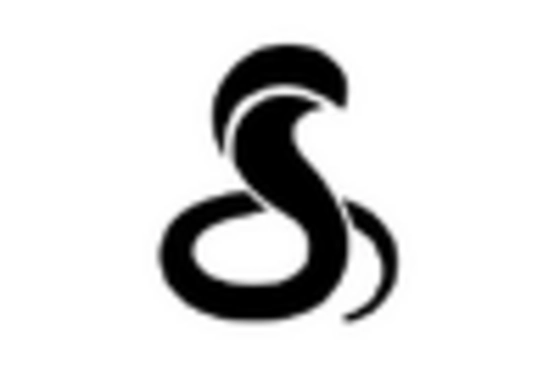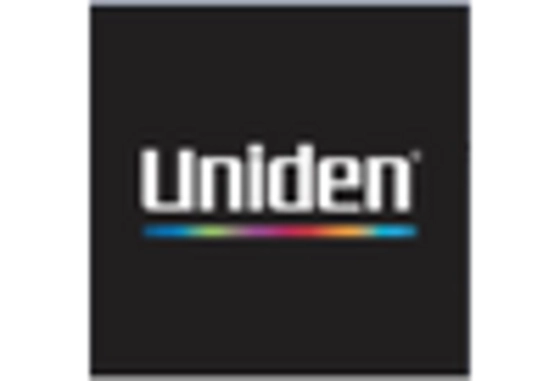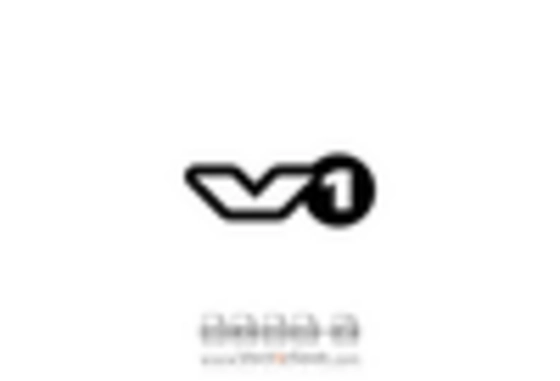The Radar Detector Market is currently characterized by a dynamic competitive landscape, driven by technological advancements and evolving consumer preferences. Key players such as Escort Inc (US), Valentine One (US), and Uniden (JP) are at the forefront, each adopting distinct strategies to enhance their market positioning. Escort Inc (US) has focused on innovation, particularly in integrating advanced GPS technology into their radar detectors, which allows for real-time updates on speed traps and red-light cameras. Meanwhile, Valentine One (US) emphasizes a strong brand loyalty through high-performance products that appeal to enthusiasts, while Uniden (JP) has been expanding its product line to include more affordable options, thereby targeting a broader consumer base. Collectively, these strategies contribute to a moderately fragmented market, where differentiation is increasingly based on technological capabilities and customer engagement.
In terms of business tactics, companies are localizing manufacturing to reduce costs and optimize supply chains, which is particularly relevant in the context of global economic fluctuations. The competitive structure of the market remains moderately fragmented, with several players vying for market share. This fragmentation allows for niche players to thrive, while larger companies leverage economies of scale to maintain competitive pricing. The collective influence of these key players shapes the market dynamics, as they continuously adapt to consumer demands and regulatory changes.
In August 2025, Escort Inc (US) announced a strategic partnership with a leading navigation app to enhance its radar detector capabilities. This collaboration aims to integrate real-time traffic data with radar detection, providing users with a comprehensive driving experience. The strategic importance of this move lies in its potential to attract tech-savvy consumers who prioritize connectivity and real-time information, thereby reinforcing Escort's position as an innovator in the market.
In September 2025, Valentine One (US) launched a new model featuring advanced AI algorithms designed to improve detection accuracy and reduce false alerts. This development reflects a growing trend towards incorporating artificial intelligence in consumer electronics, which may significantly enhance user satisfaction. By focusing on cutting-edge technology, Valentine One aims to solidify its reputation among performance-oriented users, potentially increasing its market share in a competitive environment.
In July 2025, Uniden (JP) expanded its distribution network by entering into agreements with major retail chains across North America. This strategic move is likely to enhance product accessibility and visibility, catering to a wider audience. By increasing its presence in physical retail locations, Uniden may capitalize on impulse purchases, which are common in consumer electronics, thus driving sales growth.
As of October 2025, the Radar Detector Market is witnessing trends such as digitalization, sustainability, and the integration of artificial intelligence. These trends are reshaping competitive dynamics, as companies increasingly seek strategic alliances to enhance their technological capabilities and market reach. The shift from price-based competition to a focus on innovation and technology is evident, as firms prioritize product differentiation through advanced features and reliable supply chains. Looking ahead, competitive differentiation is expected to evolve further, with an emphasis on sustainability and user-centric innovations, positioning companies to better meet the demands of a discerning consumer base.


















Leave a Comment